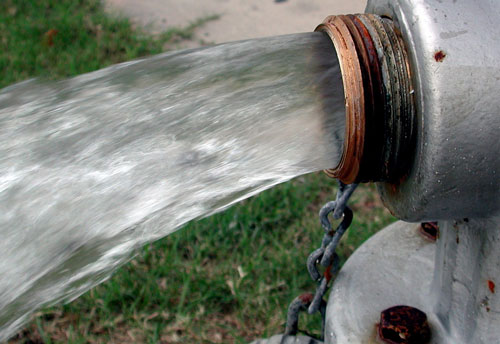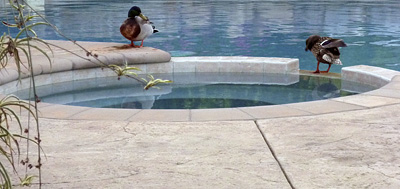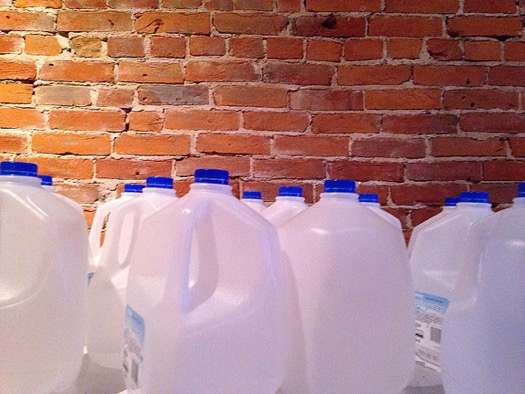Water Storage Myths You Better Flush Out of Your System

There are lot of misconceptions when it comes to safely storing water. It’s incredibly important to realize that just because you have a good supply on hand it may not be safe to drink. It’s also important to dispel a lot of myths regarding water storage that can lead you to waste supplies that are otherwise good. Let’s take a look at some of these important issues so that you make good decisions regarding your water stockpiles.
Recommended Supplies Are Not Enough
The government recommends that we each have at least one gallon of water, per person, per day, for three days. Think realistically about this recommendation. We need water for cooking, for drinking, for sanitation and tons of other uses through the normal course of living. If we’re supposed to be drinking ½ gallon of water a day on a normal basis, this advice simply doesn’t allow for a lot of wiggle-room.
Furthermore, do you really want to stake your life on the idea that the government will be able to deliver water supplies following a major disaster in less than three days? Of course not. Therefore, think medium to long term. Plan on using two gallons per person per day, and keep enough stocked up to last a couple of weeks at a minimum. That will give you time to consider other options, such as whether or not you will be bugging in or heading out of town. Then you need water at your next stop as well.
Portability is Important

So you have a dozen 55 gallon drums full of potable water in your shelter. Great. But what happens if you need to flee? How will you ensure that you have enough water to get to your destination, and then have a stable supply once you arrive? It’s important to have some water to take with you along with purification tablets and filtration devices. Never get lulled into a false sense of security when it comes to water, especially when you need to take it with you.
Don’t Count on Your Pool

Pools, ponds and large cisterns in back yards are deceptive. Yes, they can be used to store vast amounts of water. However, what will you do if they get contaminated? Consider all of the ways in which animals, chemicals, radiation or thieves can cut you off from your safe water supply. Use them if you have access, but never rely on these stores for your water over the long-term.
The same goes for a nearby river, stream or lake. You never know when access to these supplies can be compromised or cut-off. Always have a backup plan in place to account for these contingencies, and become familiar with the various ways to obtain water from the wilderness if necessary.
Myths About Concrete
Placing water storage containers on concrete surfaces are often considered to be a bad idea. However, this is not always the case. Concrete becomes a problem when it gets very hot, and chemical reactions can impact water quality. However, if you have your storage containers in an area that is not subject to direct sunlight or big temperature variations, chances are that the supplies will be just fine.
Water Quality Diminishes Over Time
This is another myth that needs to be nipped in the bud sooner rather than later. As long as your water is stored in appropriate sealed containers, quality will not diminish. Remember the operative word “appropriate” here. Water can have a funky taste if it is sealed for long periods of time, particularly in an oxygen-free environment. However, giving it a good stir or pouring some of it back and forth between pitchers will aerate the water and give it that fresh taste we’re all familiar with.
PET Containers are not Good Enough

Soft plastic containers, such as used milk jugs or empty soda bottles are not safe for long-term water storage. They are susceptible to chemical changes that can be carcinogenic. This is especially true if they are heated to the point where they become softer than usual. Make sure that you are using appropriate storage containers for your long-term water storage needs. Use PET containers for short-term or immediate use only.
Keep in mind that you also want to make sure that you have purification tablets, filtration devices, iodine, bleach or chlorine on hand. Any one of these will add layers of protection for your water supply and give you more options in the field. Never take your current or planned stockpiles of water for granted, and always have backup plans in place to account for any unexpected surprises. Remember that water is the single, most important thing you can have for your survival. Make sure that you never run out.


